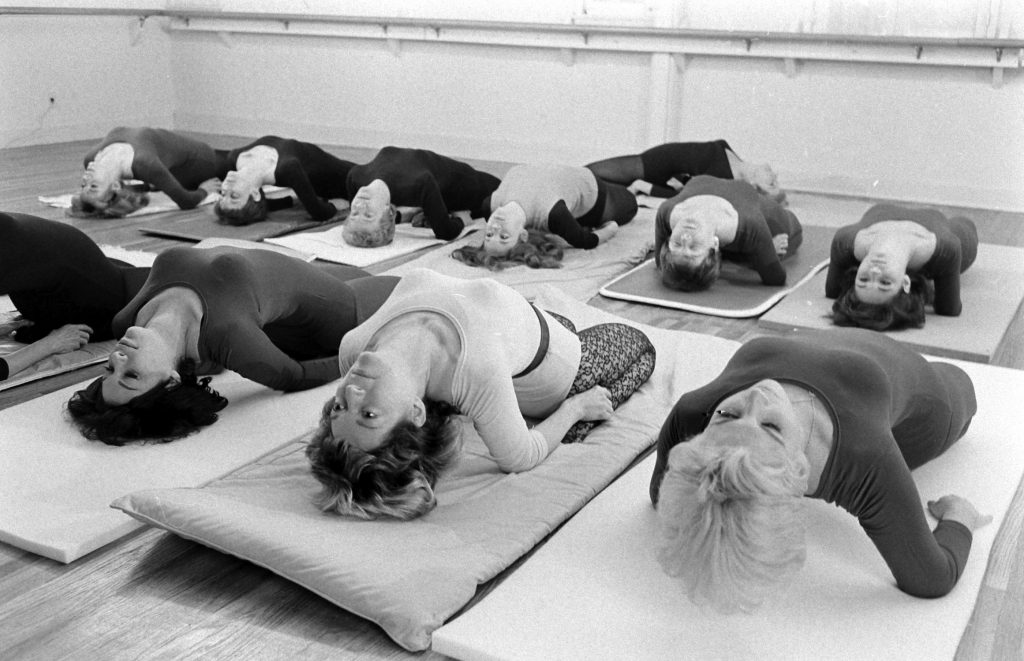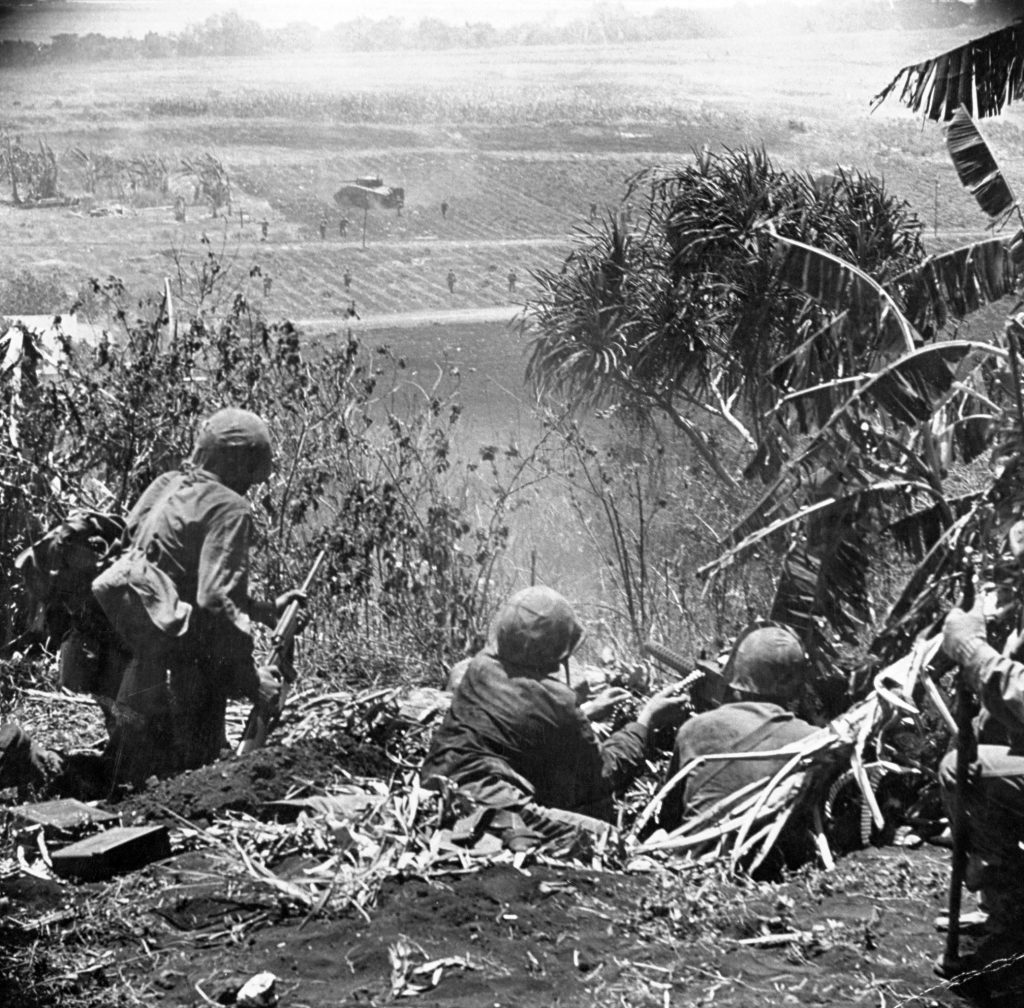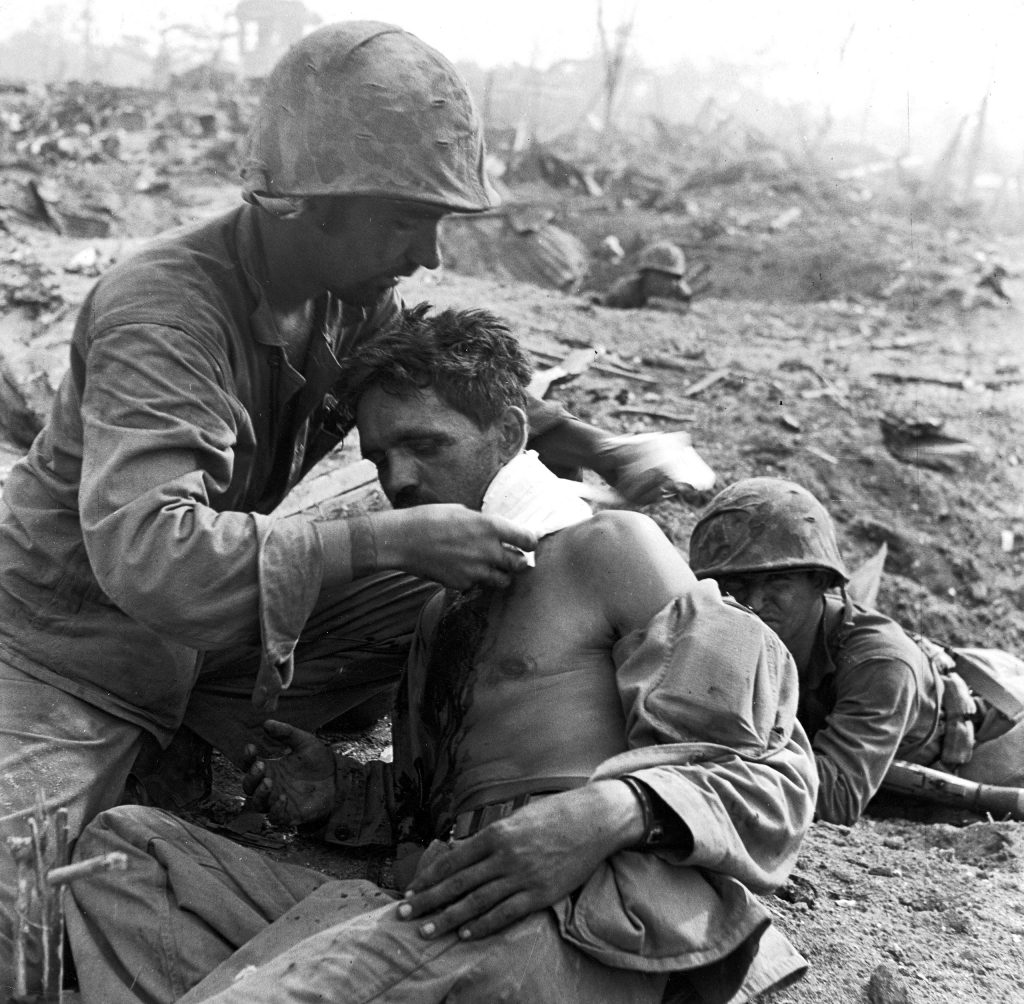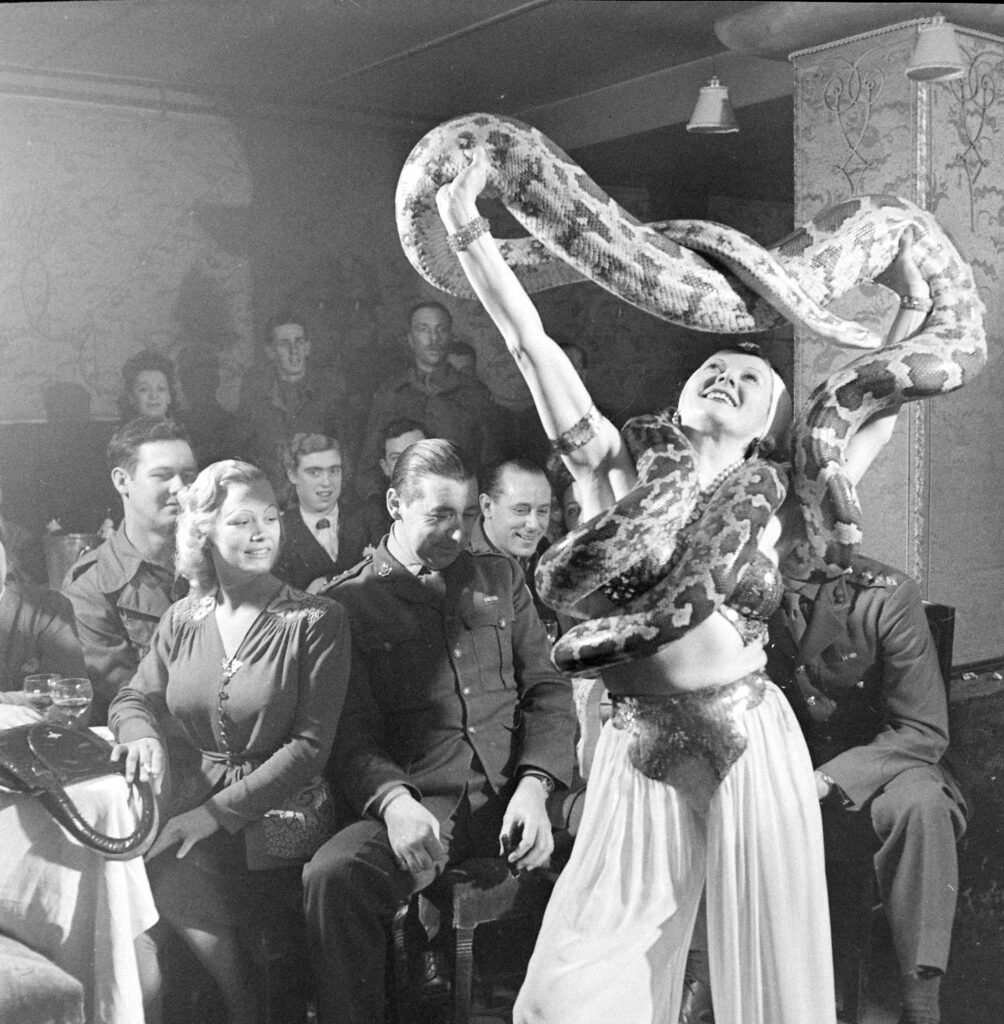The best-known reason for a delegate to go to a political party convention is to have a say in the official selection of a nominee for president.
But a party convention is also a time to see and be seen, in quirky clothes (and hats many, many hats) that reveal the wearer’s political leanings. And that tradition is nothing new.
Hats are part of a long tradition in American electoral politics, going all the way back to the headgear worn by members of political clubs in the 1800s. Over the years, as political buttons and pins became more common, those hats became a natural place for convention attendees to declare their loyalties with a bit of extra flair. The more such hats and other accoutrements became a dependable way to get attention among the crowds, the more they veered away from staid boaters and into outlandish territory.
So here’s a look back at some of the most colorful clothes from LIFE Magazine’s coverage of the political conventions of the 1960s. From “Kennedy Cuties” in matching striped dresses to a go-go dancer with a Nixon hat, these convention-goers weren’t afraid to wear their political hearts on their sleeves.

Female supporters of Democratic Presidential candidate John F. Kennedy, called “Kennedy Cuties” form a conga line at the airport while awaiting their candidate’s arrival for the Democratic National Convention, 1960.
Hank Walker / The LIFE Picture Collection

The Republican National Convention, 1964.
John Dominis / The LIFE Picture Collection/Shutterstock

The Republican National Convention, 1964.
John Dominis / The LIFE Picture Collection/Shutterstock

The Democratic National Convention, 1964.
John Dominis / The LIFE Picture Collection/Shutterstock

The Democratic National Convention, 1964.
John Dominis / The LIFE Picture Collection

The Democratic National Convention, 1964.
John Dominis / The LIFE Picture Collection

The Republican National Convention, 1964.
John Dominis / The LIFE Picture Collection

The Democratic National Convention, 1964.
John Dominis / The LIFE Picture Collection

The Republican National Convention, 1964.
John Dominis / The LIFE Picture Collection

The Democratic National Convention, 1968.
Lee Balterman / The LIFE Picture Collection

The Democratic National Convention, 1968.
Lee Balterman / The LIFE Picture Collection

The Republican National Convention, 1968.
Arthur Schatz / The LIFE Picture Collection

The Republican National Convention, 1968.
Grey Villet / The LIFE Picture Collection

The Republican National Convention, 1968.
Lynn Pelham / The LIFE Picture Collection

The Democratic National Convention, 1968.
Ralph Crane / The LIFE Picture Collection

The Republican National Convention, 1968.
Grey Villet / The LIFE Picture Collection

The Democratic National Convention, 1968.
Ralph Crane / The LIFE Picture Collection

The Republican National Convention, 1968.
Lynn Pelham / The LIFE Picture Collection

Rockefeller supporter at the Republican National Convention, 1968.
Grey Villet / The LIFE Picture Collection

The Republican National Convention, 1968.
Lynn Pelham / The LIFE Picture Collection

Richard Nixon supporters at the Republican National Convention, 1968.
Lynn Pelham / The LIFE Picture Collection

Richard Nixon supporters at the Republican National Convention, 1968.
Ralph Crane / The LIFE Picture Collection




















































































































